One Brand, One System: Unifying a Diverse Product Portfolio
Challenge Company’s expanding product ecosystem, which includes NEMT apps, PDM software, and new solutions, is facing scalability and consistency issues. The growth of our remote dev and design teams has led to a fragmented user experience, where products lack a unified visual identity and brand consistency. This also creates development inefficiencies, delaying updates and the […]
Life-saving app for contact with dangerous species in nature
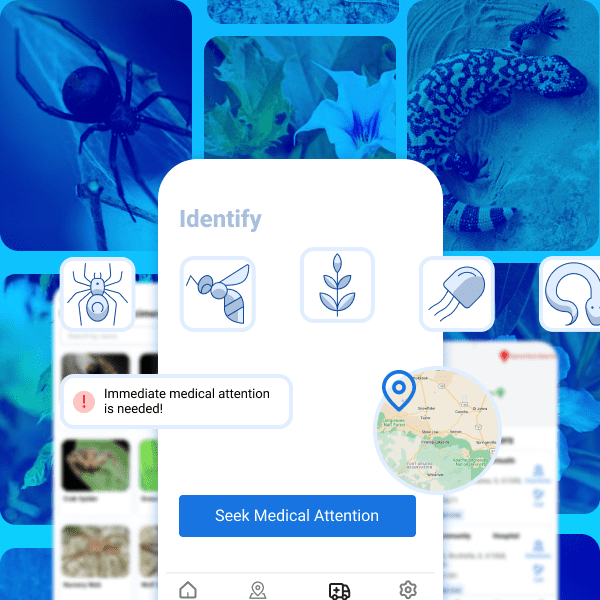
This project is a life-saving emergency mobile app designed for individuals who are at risk of being bitten by a venomous snake or encountering other dangerous animals or plants in nature. The app incorporates cutting-edge technology and a user-friendly interface to provide detailed information on different species of dangerous animals and plants. The app features […]
Secret Chat App
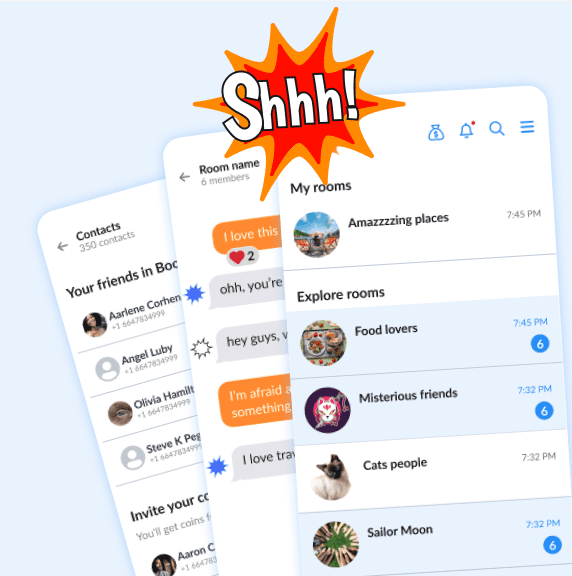
An overview for this Chat app, Contacts, Rooms and Chat Screens. Goal was make it look similar to some iOS apps that are familiar to users
Simplicity as Key Value for this Money Transfer App
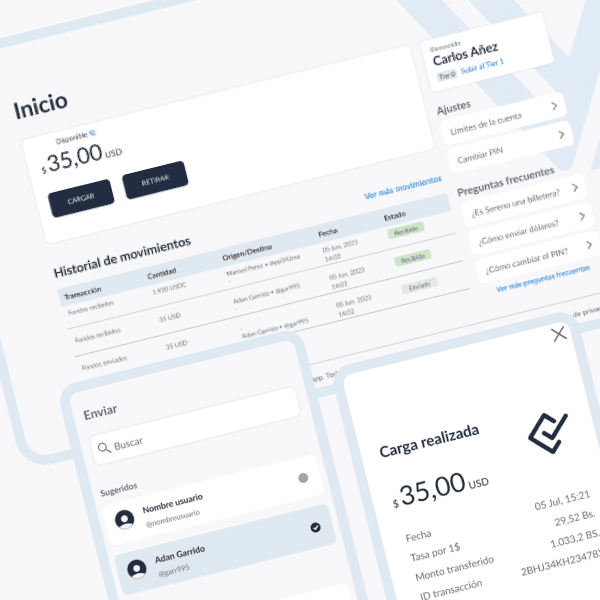
For this money transfer app project our goal was to create a user interface that would be simple and clean, yet could be easily scalable in the future. To achieve this, I focused on developing a design system that incorporated minimalistic, intuitive elements that could be easily expanded upon without sacrificing simplicity. First, I ensured […]
Showcasing Affiliate Marketing Services
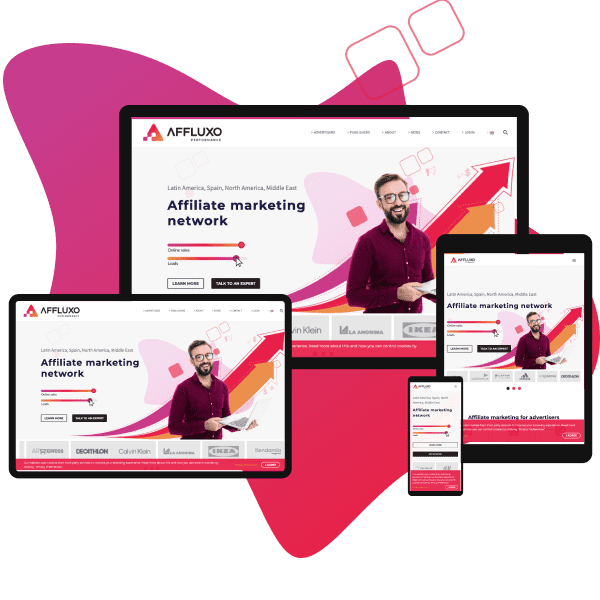
This project was for an affiliate marketing company looking to showcase their services in an easier way through their responsive website. Our approach was to create a user-friendly and visually appealing design that would facilitate the company’s marketing strategy. We have created a responsive website that offers an immersive experience on any device.
Showcasing More Services on Website
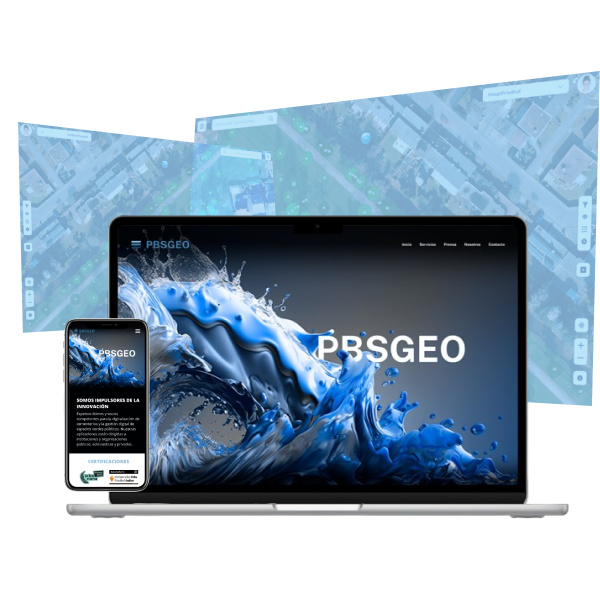
The website needed to be redesign to highlight company’s offerings beyond cemetery services, showcasing their innovative technologies and unique solutions for businesses across various industries. The user experience of the website is intuitive and streamlined, with clear navigation and easily digestible content that serves to inform and educate users about the company’s products and services.
Restaurant & Bar Website Design
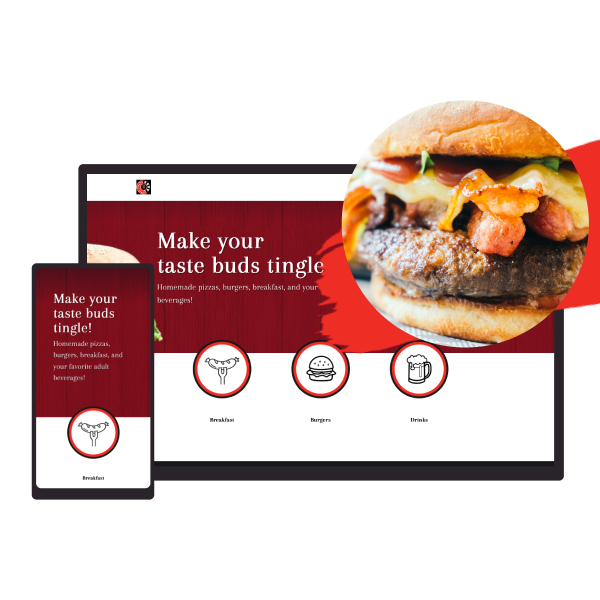
As a strategic web designer, I have designed a responsive website for a restaurant to help showcase its menu, location, and services. The website has a modern and clean design that allows users to easily navigate through the pages on both desktop and mobile devices.Overall, the responsive website has been designed with the aim of […]
1:1 Mentoring Solution for designers
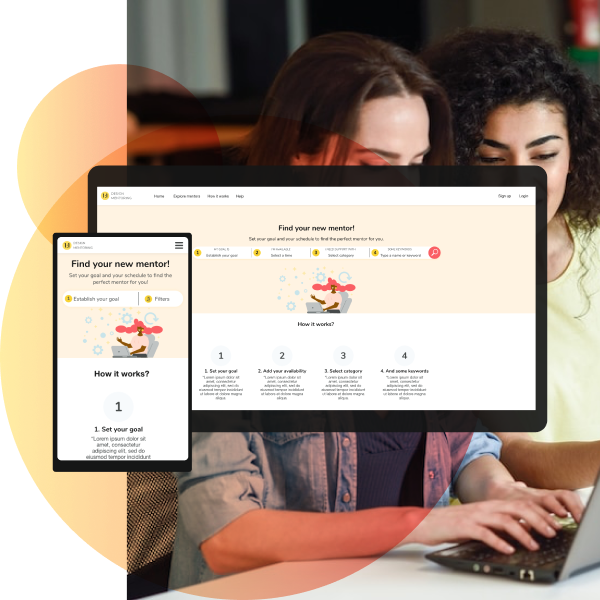
My cross-channel mentoring platform is designed to help junior or stuck designers reach their professional goals by connecting them with experienced designers. The platform offers a range of features, including one-on-one mentorship, group mentoring, job shadowing, and peer review. I have optimized the platform for desktop and mobile devices, ensuring that designers can access the […]
Sales Supporting Web App

We leveraged some 32” touch screens along the company’s stores to gain users interactions and engagement. We design useful experiences that support sales process. Problem Sales consultants frequently receive the same case’s type (80%). Meanwhile, clients wait for assistance for a long time. Opportunities Young people visit service points, open to self service and new […]
